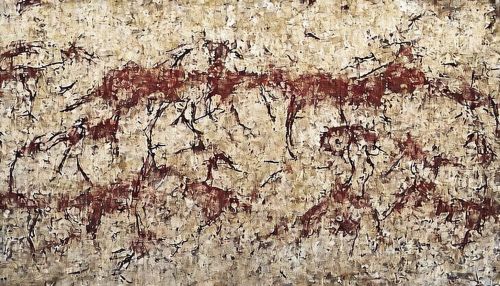History of animation
Early History
The earliest forms of animation can be traced back to paleolithic cave paintings, where animals were often depicted with multiple sets of legs in superimposed positions, that attempted to convey the illusion of motion. The technology of the time was such that these images could only be drawn on walls, but they represented the first steps towards the development of the art form that would eventually become animation.


In the 19th century, devices such as the zoetrope, phenakistiscope, and flip book marked the start of cinema and the age of classical animation. These devices produced an illusion of movement by displaying a sequence of drawings or photographs showing progressive phases of that motion.
Classical Animation
Classical animation, also known as cel animation, is the process of making an animation by drawing each frame by hand. This method was the dominant form of animation in cinema until the advent of computer animation. The first feature-length animated film using this method was Snow White and the Seven Dwarfs, produced by Walt Disney in 1937.
Stop Motion
Stop-motion animation is a technique where the animator physically manipulates an object to make it appear to move on its own. The object is moved in small increments between individually photographed frames, creating the illusion of movement when the series of frames is played as a continuous sequence. This form of animation has been used in iconic films such as King Kong and The Nightmare Before Christmas.
Computer Animation
Computer animation encompasses a variety of techniques, the unifying factor being that the animation is created digitally on a computer. There are two main types of computer animation: 2D (or vector) animation and 3D (or CGI) animation.


2D animation techniques tend to focus on image manipulation while 3D techniques usually build virtual worlds in which characters and objects move and interact. 3D animation can create images that seem real to the viewer, like in the movie Toy Story.
Modern Animation
Modern animation has come a long way since the days of early cinema. Today, animators use sophisticated software to create everything from short films to full-length features. The rise of the internet has also allowed for the proliferation of web-based animations, which can be streamed directly to a viewer's computer.
Future of Animation
The future of animation is a dynamic field with many different possibilities. With the advent of virtual reality and augmented reality, animators will have new platforms to create immersive experiences. Additionally, the increasing use of AI in animation is opening up new possibilities for automated and interactive animations.
